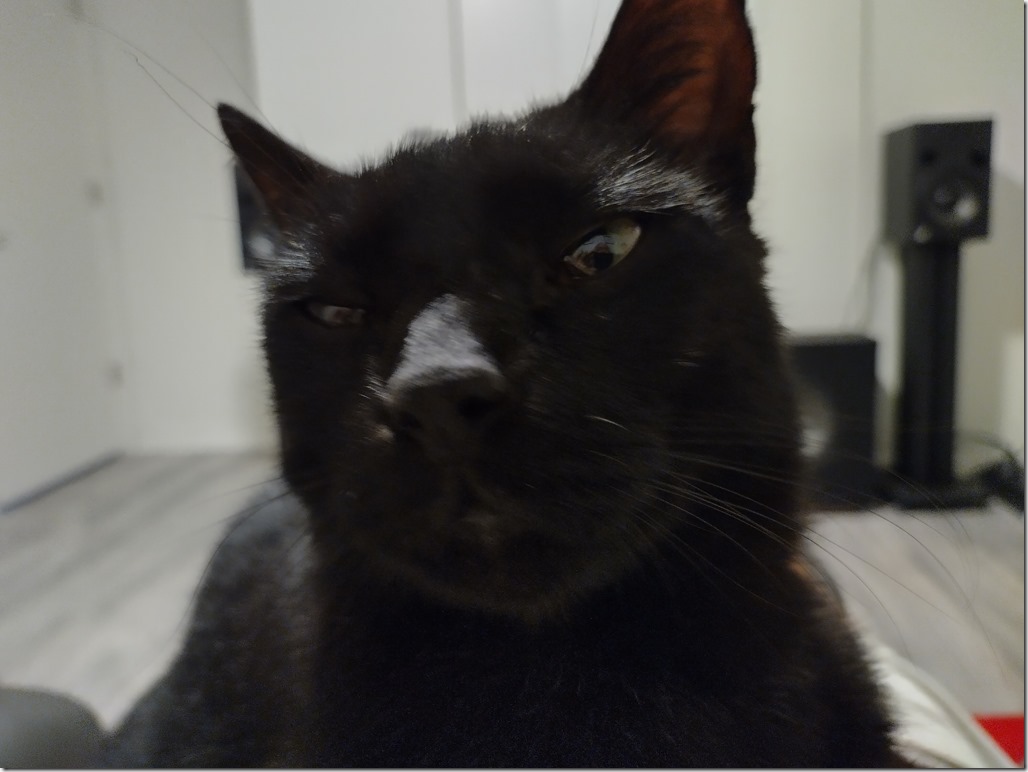At some point this week, my communication system reached a tipping point. Google had decided to block my mail server. This is something that had been brewing for some time and it finally got to where I had to act.
My first experience with the mail issues occurred a while ago when someone asked if I would do some consulting for them. I was on the fence about doing any side work, but replied and said we could talk about it. Their mail server bounced my message back to me because my mail server was on a blacklist. I contact the blacklist registry and appealed the block and they say it got removed. That was fine, because I then never responded to the consulting requests again and it got me out of that situation.
Occasionally, I would have instances where I was told emails sent to me were rejected because my mail server was not considered trustworthy and looked like a spam server. And the primary reason for this was that it looked like I was running a mail server on a dynamic IP address, which anyone can do and the dynamic nature helps spammers avoid detection and consequences.
But I don’t have a dynamic IP. I have a static IP, and I need that to receive email reliably. The issue at hand was that the reverse DNS for my IP address did not have my domain name and instead looked like a generic ISP host name. Very sketchy. And I knew this was the problem and ignored it for some time because it never really was that big of a problem. Until it was.
So I contact Frontier, who is my ISP, for assistance. I get on their help chat and make my request. As I completely expected, they had no idea what I was talking about. I got transferred to an "expert" support person who eventually told me, "Your request is not a level of support we can provide." Now there’s a few ways to take a statement like that. The knee-jerk reaction is "LET ME TALK TO YOUR MANAGER!" I read more into that statement and took a more diplomatic approach. "Can that level of support be offered via phone?" And the response was simply, "I do not know that." Depending on your mood, this exchange could be read as sincere or as dismissive. I chose the former. I asked for the phone number for business support and got it (the number was wrong by one digit, but I figured it out), then I made the phone call.
I spoke to a tech pretty quickly. I need to point out that the support in all of these cases was uncharacteristically quick – not much wait time at all. He asked how he could help and I explained: "I need a reverse DNS entry created in your system that points my static IP to my domain. Does any of that make sense to you?" No, it didn’t. But to his credit, he did not give up and say he couldn’t help. Like many IT workers at many businesses, he’s working remote and has to use chat to communicate with his team and get assistance. That was a slow process and he was not getting much help. While we waited, I explained that while this might be an unusual request, it really isn’t when dealing with businesses and static IP circuits. I started my IT career in ISPs, so I know about requests like these.
We were getting closer to giving up and I was sort of pressing to find out who the next level of support I needed to call would be. He explained that the higher levels of support were all done by ticket systems and there wasn’t any number to call. And then, he got a response from a lead support tech that provided the answer. What I needed to do was sent an email to hostmaster with a request for my PTR records and it would be done. That’s it. I can do that. I was actually surprised Frontier even maintained a hostmaster email, since such a standardized name would be a total target for spam and whatnot. I thanked my tech and got off the phone.
I created a simple email to the hostmaster with my account info, my IP address information, and the PTR record with its current hostname and the desired host name. I got an automated email within a few minutes that a ticket had been opened and would be processed in order. The next day, I got a plain, simple email saying the record was created. and that was it. That problem was solved.
But, times have changed and email servers have many more tests they need to pass to be considered trustable. A few things I had never heard of like SPF and DMARC records needed to be added to my DNS server. And with those done, I guess I have to wait a couple of days for all the DNS changes to propagate and see if it had any improvement. So, I hope I’m on my way to being a trusted source of email on the Internet. Security never sleeps.

